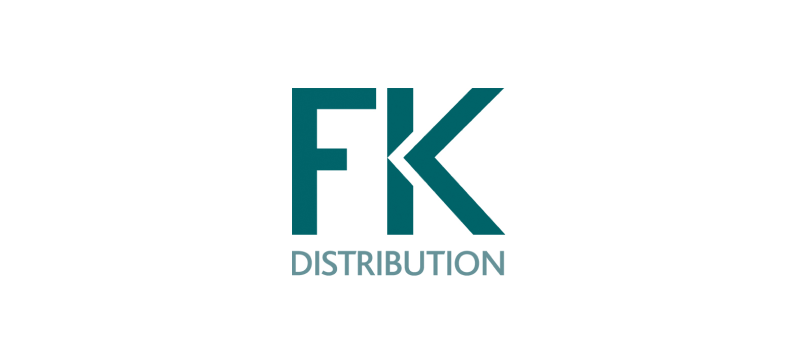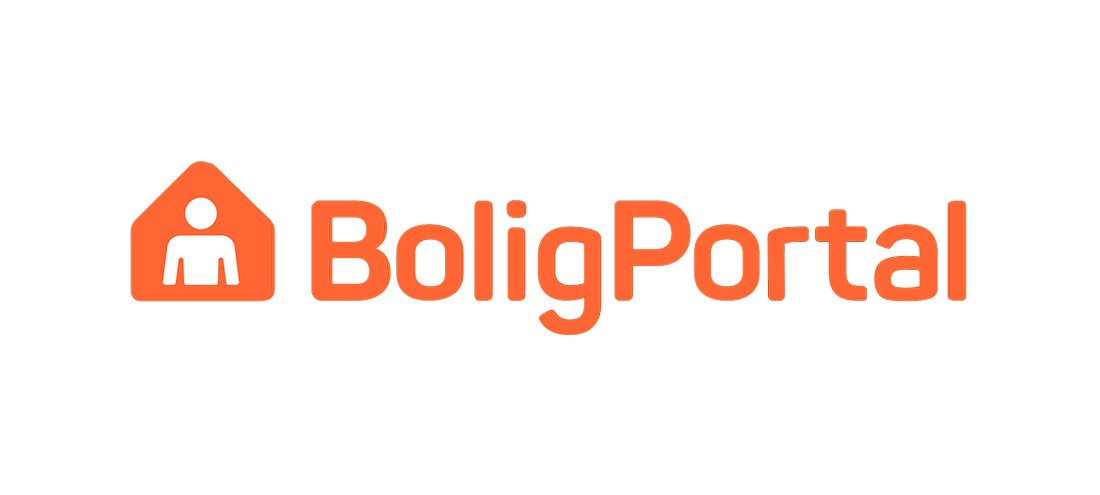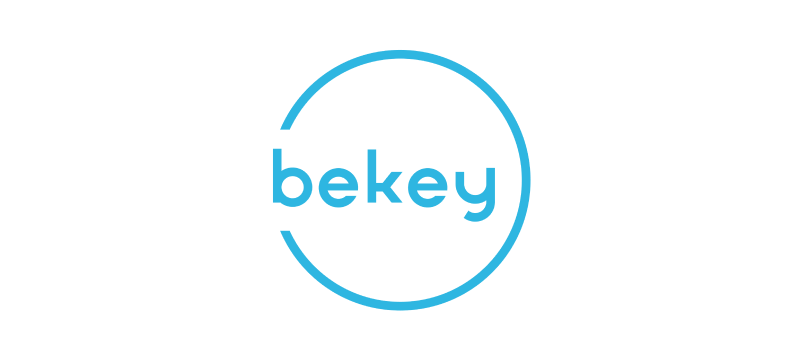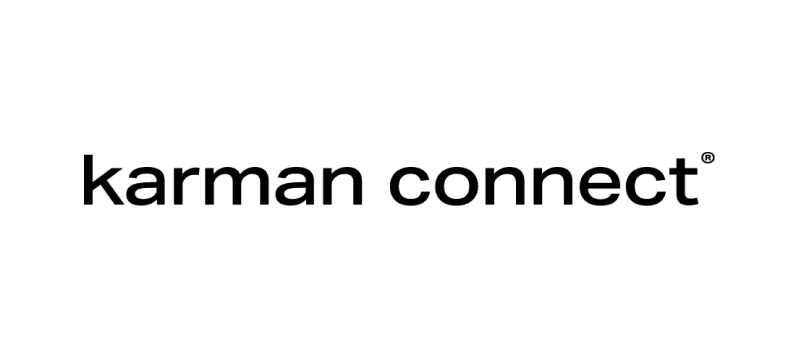Skvulp forude på arbejdsmarkedet
Verden er under forandring. Det er den i princippet hele tiden, men i disse tider virker det som om, at de er skruet op i et noget højere gear end normalt. Det er økonomiske forandringer, sociale forandringer, politiske forandringer – over hele spektret er meget ikke længere, som det plejer. Verden er i overdrive.
Zoomer vi ind på arbejdsmarkedet, er der en opbremsning, og markedet for jobannoncer dykkede da også med 17% i september.
”Vi kan dog se, at markederne falder mere end vores omsætning, der stadig holder en vækst på 3,4 % tredje kvartal i forhold til samme periode sidste år. Ofir er en konjunkturafhængig virksomhed, men vi har en ganske god ballast i vores forretning baseret på faste aftaler og mange kunder, der køber igen og igen,” siger adm. direktør Karsten Vikke, Ofir.
Vi går nu ind i en tid, hvor omkostninger kommer endnu mere i fokus, og hvor virksomhederne holder på pengene og nogle vil også rekruttere mindre.
Arbejdsmarkedet fortsat under pres på den længere bane
Trods den aktuelle opbremsning på jobmarkedet, hvor vi må formode, at ledigheden vil stige og antallet af jobs falde, er megatrenden uændret – der er fortsat udsigt til et arbejdsmarked under pres med lav ledighed. Det bekræftes blandt andet af Nationalbankens prognoser.
Der har aldrig før har været så mange danskere i jobs som lige nu. Samtidig er der et højt antal ubesatte stillinger. Det gælder både det offentlige arbejdsmarked og mange steder på det private.
”Arbejdskraften behøver måske ikke besidde alle de nødvendige kvalifikationer fra start af. Vi er flyttet os fra kampen om talenter og de dygtige specialister til kampen om at få medarbejdere i det hele taget,” siger Karsten Vikke.
Tre-fire gange flere kandidater med kampagner på sociale medier
Oveni dette scenarie ligger megatrenden om, at generationen af babyboomere snart går på pension og efterfølges af ret små årgange. Det medfører en yderligere skævvridning af ældre i arbejdsstyrken, og at manglen på arbejdskraft bliver den helt store udfordring de kommende år.
”Vores produkter og services på sociale medier medvirker til at få flere kvalificerede ansøgere – og det er er lige relevant i op- og nedgangstider. Vi kalder det moderne jobannoncering – vi får tre til fire gange så mange ind og læse et opslag, når vi styrker kanalmixet og også rammer de passivt jobsøgende, ofte dem der allerede er i job. De skal påvirkes flere gange, og netop det har vi omkostningseffektive virkemidler til,” siger Karsten Vikke.
Antallet af Ofirs jobkampagner på sociale medier er steget i 2022, hvilket er i tråd med målet om at styrke Ofirs position som markedsleder på platformene.








